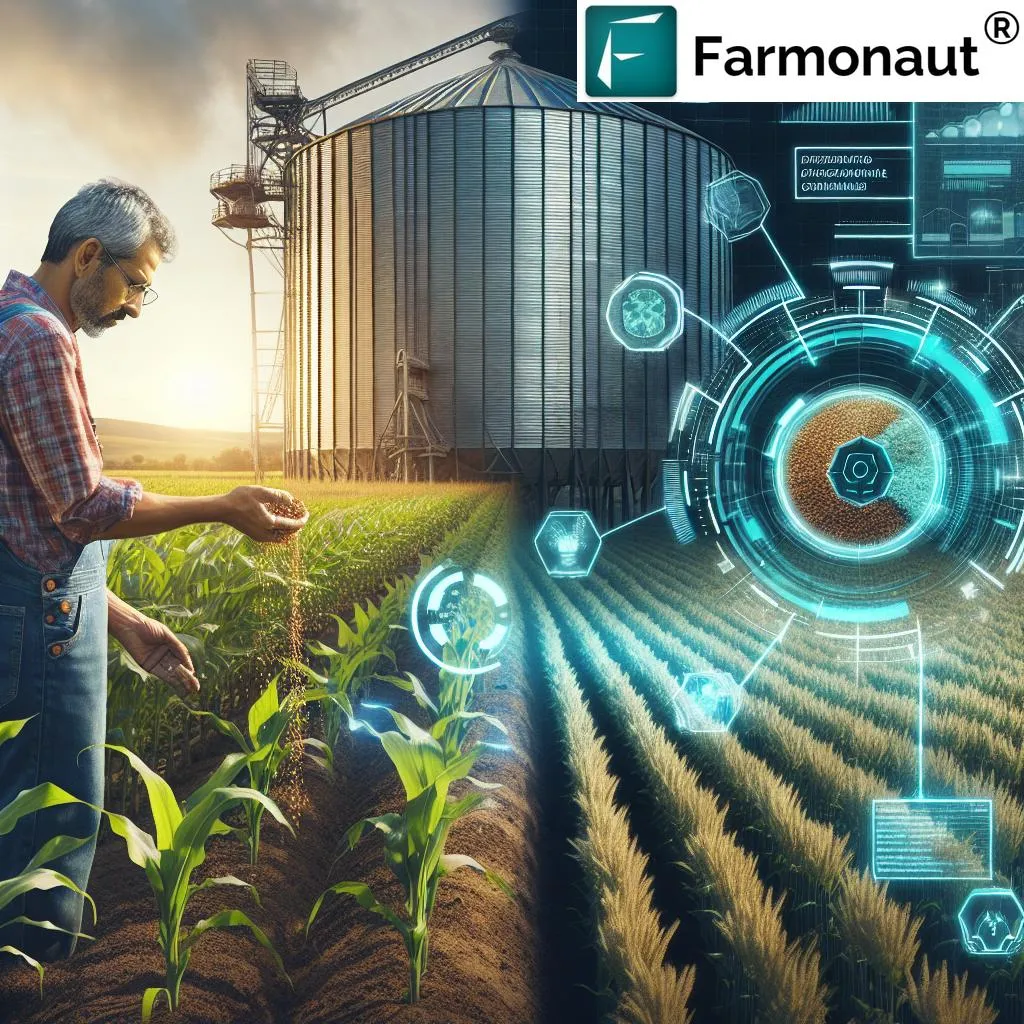In the heart of Eastern Canada, a groundbreaking study is reshaping how we understand and manage Histosols, those critical peat-based soils that underpin much of the region’s agriculture. The research, led by Raphaël Deragon from the Département des sols et de génie agroalimentaire at Université Laval, is published in the Vadose Zone Journal, and it’s sending ripples through the agritech community.
The study tackles a longstanding challenge in soil management: accurately mapping peat thickness. This is no small feat, especially when limnic layers—those formed by waterborne materials—complicate the picture. Traditional methods, like manual probing, are time-consuming and labor-intensive. Enter proximal sensors, which promise a faster, more efficient way to gather data on soil stratigraphy. But to harness this technology effectively, we need a deep understanding of how soil properties vary with depth and material.
Deragon and his team set out to characterize and compare the geophysical properties of peaty, limnic, and mineral layers in drained and cultivated Histosols. They sampled ninety sites across nine fields, dividing the upper meter of soil into discrete 10 cm layers. Their findings are illuminating. “Both soil material and depth had significant effects on all soil properties,” Deragon notes, highlighting the complexity of these ecosystems.
The study identified several promising candidates for identifying soil materials, including volumetric soil water content, electrical conductivity, and soil penetration resistance. These properties could be the key to automating soil mapping processes, reducing the need for manual probing, and ultimately saving time and resources.
The commercial implications for the agriculture sector are substantial. Accurate soil mapping is crucial for soil conservation practices, which in turn support sustainable agriculture. By leveraging regional reference data, farmers and agronomists could use automated sensors to make informed decisions about soil management, crop selection, and irrigation strategies.
Looking ahead, this research could pave the way for innovative technologies that integrate time-domain reflectometry probes with soil penetrometers. Such advancements would not only streamline soil mapping but also support future carbon stock mapping projects, contributing to global efforts to combat climate change.
As the agriculture sector continues to evolve, studies like Deragon’s are invaluable. They bridge the gap between scientific research and practical application, offering solutions that can drive efficiency, sustainability, and profitability. In the words of Deragon, “This work is a stepping stone towards more precise and efficient soil management practices.” And for the agriculture sector, that’s a future worth cultivating.

